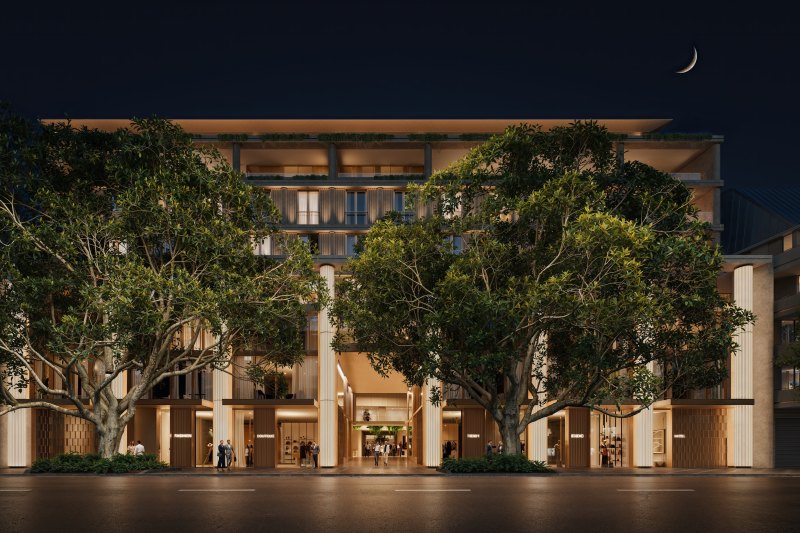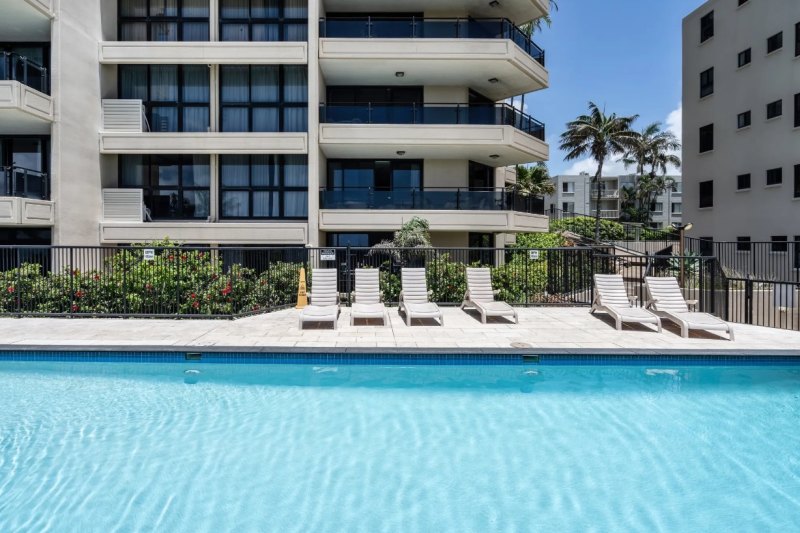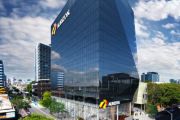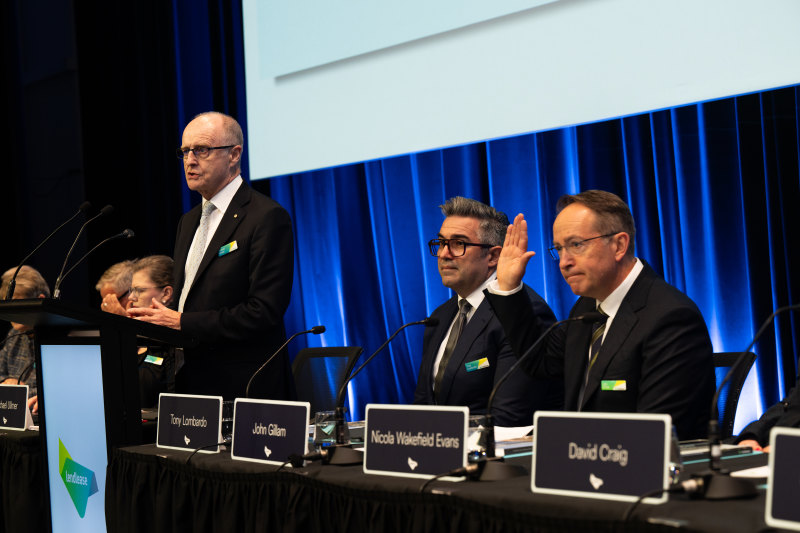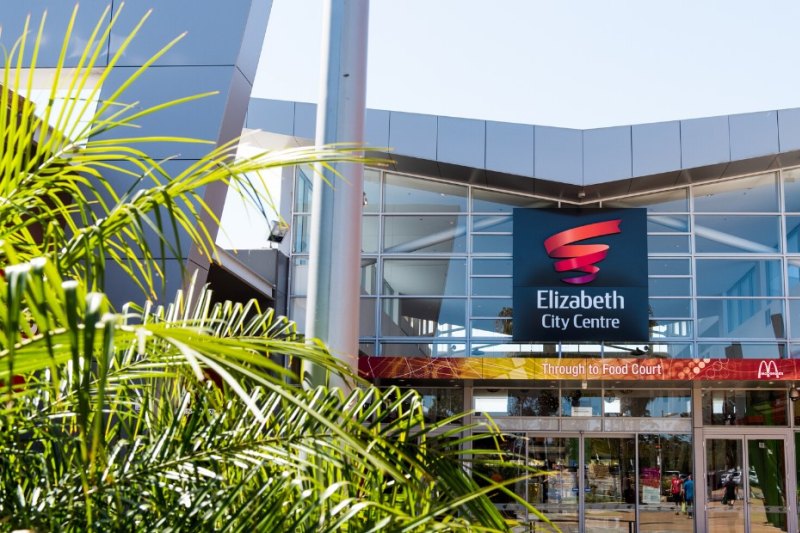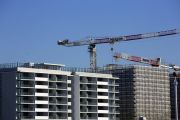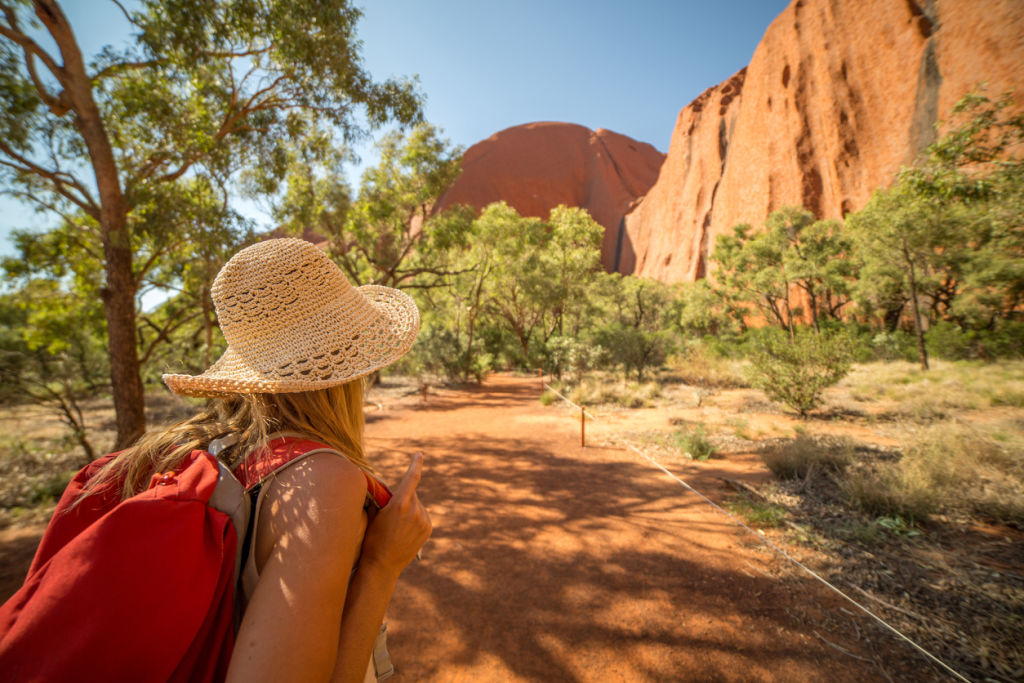
A rocky road to recovery for tourism and hotel sector: Deloitte Access Economics
Aussies might be champing at the bit to go on holiday but the tourism and hotel sectors still face a rocky road to recovery – even with international borders creaking back open.
International arrival numbers are not expected to return to pre-pandemic levels until 2025, according to the latest Deloitte Access Economics hotel and tourism outlook.
The report offers up a picture of uncertainty for an industry that has been devastated over the past 18 months, suffering repeated setbacks with coronavirus outbreaks, lockdowns and border restrictions.
While the success of Australia’s vaccination program has reignited travel and vacation plans, the emerging Omicron variant has rattled the sector and added (yet another) layer of complexity to tourism forecasts.
Deloitte national tourism leader Adele Labine-Romain said Australia had achieved much in combatting the pandemic, but that success had imposed a particularly heavy burden on the tourism and hotel sectors.
“They were the first to be impacted by government public health COVID responses, they will still be among the last to recover, and that recovery remains highly uncertain and reliant on many factors, from local and international economic developments and COVID’s ongoing unpredictability.”
The recovery of international tourism is moving more slowly than expected, according to the report. International arrivals are tipped to reach 6.6 million only by the end of 2022, down 25 per cent compared to 2019.
“Globally, a significant share of consumers are still not ready to head overseas,” Ms Labine-Romain said.
Aside from India, less than 30 per cent of consumers across Australia’s key source markets are showing a likelihood to travel internationally for leisure purposes, she said.
Domestic tourism
With most state and territory borders expected to open by the end of 2021, pent-up demand for interstate travel will be vital for the travel sector.
“It’s fair to say Australians are desperate to travel, especially heading into the traditional peak holiday season, and well into 2022,” Ms Labine-Romain said.
National household spending is also forecast to bounce back to pre-pandemic levels through the first quarter of 2022.
Such is the excitement to get out and about, Deloitte forecasts overnight trips will surge to 124 million in 2022, surpassing 2019 levels.
But the boost in Aussies holidaying in their backyard is not enough to make up for the drastically reduced international travel forecasts.
“To offset the shortfall in international visitor spend, any increase in domestic travel by Australians needs to be above already high levels of domestic tourism activity.
“It would take around seven domestic overnight trips to generate the equivalent spend of one international visitor. And this would need to be in addition to the average 14 domestic trips Australians typically take in a year.”
Although consumer sentiment among Australians has improved throughout the year, a significant chunk of the population are reluctant to travel. According to a Deloitte Access Economics tracker, only 40 per cent of the population are planning to take a domestic leisure flight in the next three months and only 50 per cent feel safe to stay in a hotel.
Hotel stays
The impact of the pandemic on the hotel industry has been uneven. Some regional destinations were spared from the sharp declines experienced elsewhere, while areas that relied heavily on international tourism have continued to struggle.
The pace of recovery for hotels will vary across the country, according to Deloitte Access Economics.
By 2023, occupancy rates are expected to return to pre-pandemic levels in Brisbane, Canberra, Darwin, the Gold Coast and Perth.
But in Sydney and Melbourne, the recovery will take longer, with occupancy rates not tipped to rebound until 2024 or beyond. The report notes this is because Sydney and Melbourne had higher pre-pandemic occupancy rates, and were more dependent on international tourists and corporate travellers.
Business overnight trips hovered at around 60 per cent of pre-pandemic levels in the first half of 2021. As virtual meetings and videoconferencing become the norm for many companies, it’s unclear when business travel will fully recover.
As all of this was unfolding, more hotels were opening across the country.
“A number of hotel projects in development in the years preceding the pandemic saw around 3700 new rooms added to the market in 2021,” Ms Labine-Romain said.
New brands include the Hyatt Centric, which opened its doors in Melbourne just last week, and the W Hotel, which came on line early in the year. In Hobart, The Marriott’s The Tasman opened and Sofitel made its debut in Adelaide.
A further 5000 rooms are expected in 2022.
“These are significant numbers, especially so in some markets with 60 per cent of the new stock concentrated in Melbourne, Gold Coast and Sydney.”
